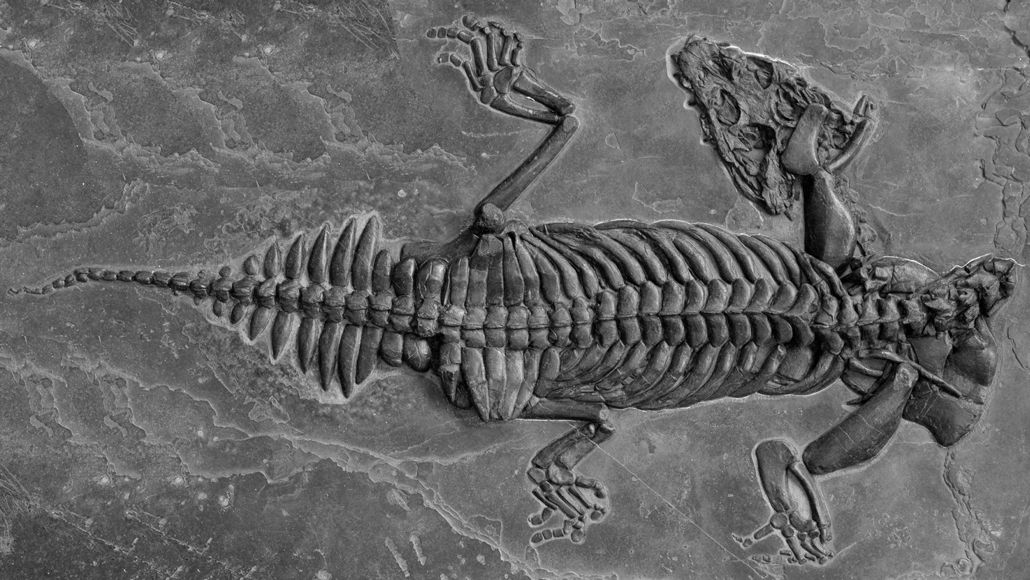
Newly described fossils (one shown) have revealed that ancient marine reptiles called nothosaurs weren’t all large. Some were small with short, flat tails, researchers report.
Q.-H. Shang, X.-C. Wu and C. Li/Journal of Vertebrate Paleontology 2020

Newly described fossils (one shown) have revealed that ancient marine reptiles called nothosaurs weren’t all large. Some were small with short, flat tails, researchers report.
Q.-H. Shang, X.-C. Wu and C. Li/Journal of Vertebrate Paleontology 2020